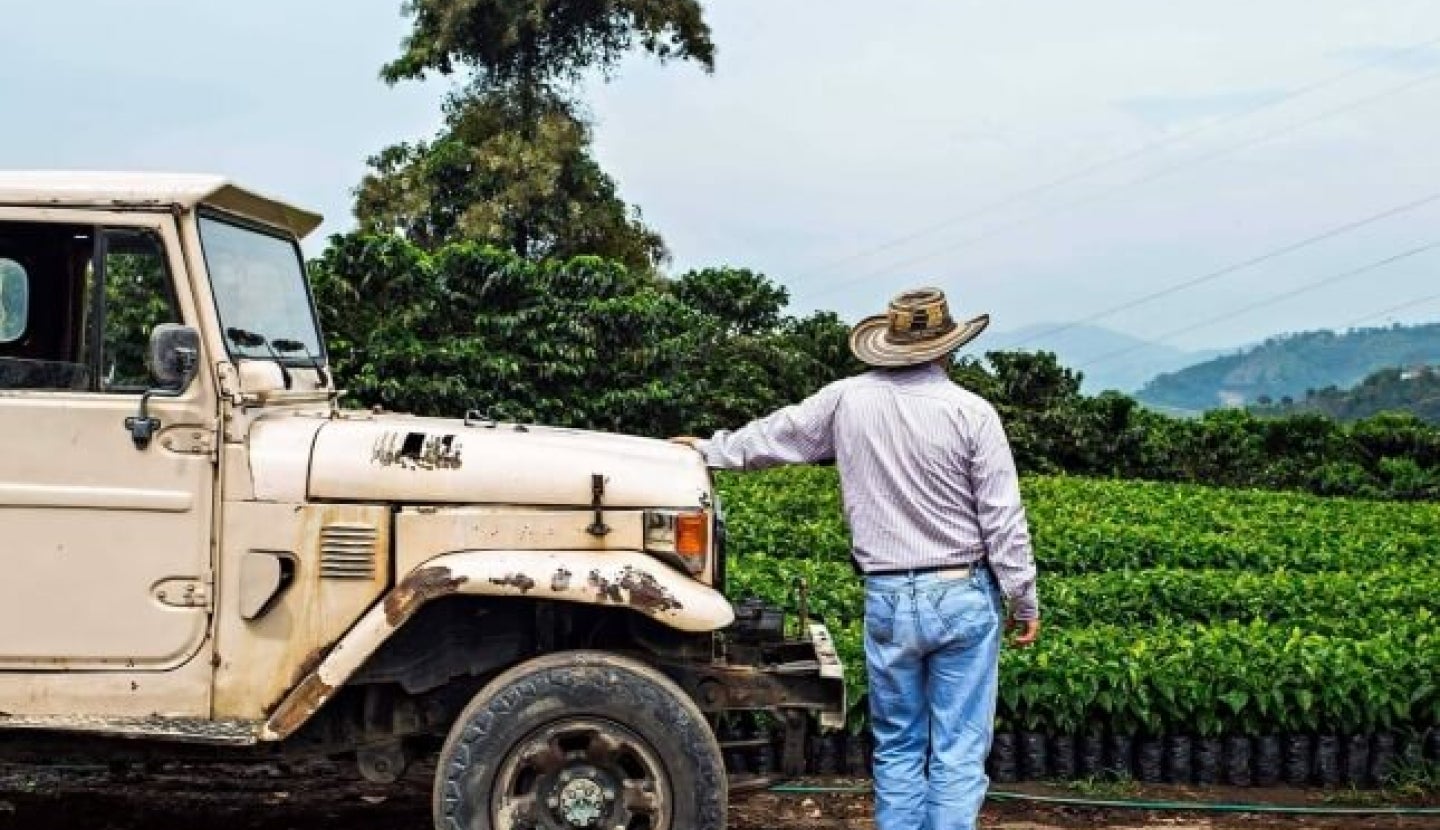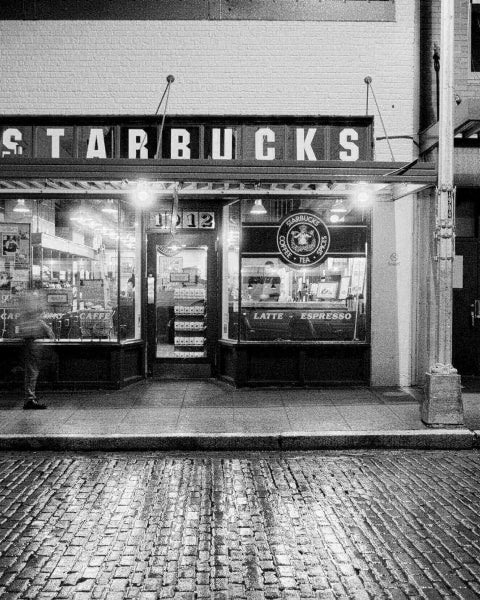COFFEE IS AT A CROSSROADS
Yet coffee is at a bit of a crossroads. There are more coffee drinkers in the world than ever before, but each year, climate change, disease and diminishing natural resources can make the business of coffee farming more and more difficult.
In 2013, Starbucks purchased a coffee farm in Costa Rica called Hacienda Alsacia to better understand these challenges, and to look for solutions. Since then, the farm has become a global hub of research and discovery – discoveries the team there hopes will help coffee farmers all over the planet and the ongoing challenges they face.
THE EFFECTS OF CLIMATE CHANGE
“The most complicated problems we have now are (coffee leaf) rust and climate change. It’s affected us a lot,” said Raul Blanco, a 22-year-old farmer in Costa Rica who sells coffee to Starbucks.
A seventh-generation coffee farmer, Blanco said he was born into coffee, and remains dedicated to the future of the crop and his family’s land. He also loves imagining his family’s coffee making its way into the cups of coffee drinkers all over the world.
“I’ve never in my life thought about giving up coffee farming,” Blanco said. “Instead, I’ve always tried to look for ways to subsist as a coffee farmer, to improve it, day by day, to make (the farm) more profitable, more economical, and always taking care of the environment. Every coffee bean, every bushel of coffee, every truck full you take out every day is for someone somewhere in the world to enjoy it – for someone who is having a cup of coffee to delight in it.”




